
Revolt RV 300 Walkaround Review | India Price, Range, Features & More
- Aug 28, 2019
- Views : 15713


At the launch of the Revolt RV400, the Indian startup surprised us with another model, the RV300. It is essentially a more affordable version of the RV400, available at just Rs 2,999 per month for 37 months via the My Revolt Plan. By the end of three years, you’d have spent Rs 37,000 lesser than the RV400. Here are the key differences which make the RV 300 more affordable than the RV 400.
RV300 gets a smaller battery without compromising on range:
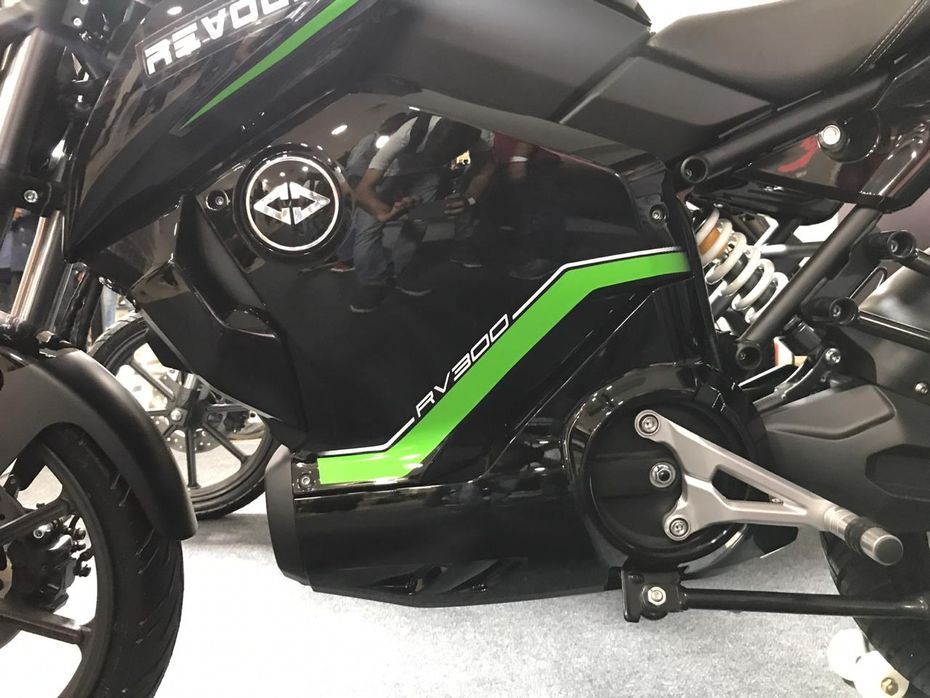
The Revolt RV300 comes with a smaller 60V, 2.7kWh lithium-ion battery in comparison with the RV 400’s 72V, 3.24 kWh unit. Since it’s a smaller battery, it takes slightly lesser time to charge completely. It takes 4.2 hours to charge the battery completely whereas the RV 400 takes 4.5 hours. Interestingly, the 0-75 per cent charge time takes the same three hours as the RV 400. Revolt says the RV300 offers a range of 80km to 150km, which is the same as its bigger brother.
Different motors:
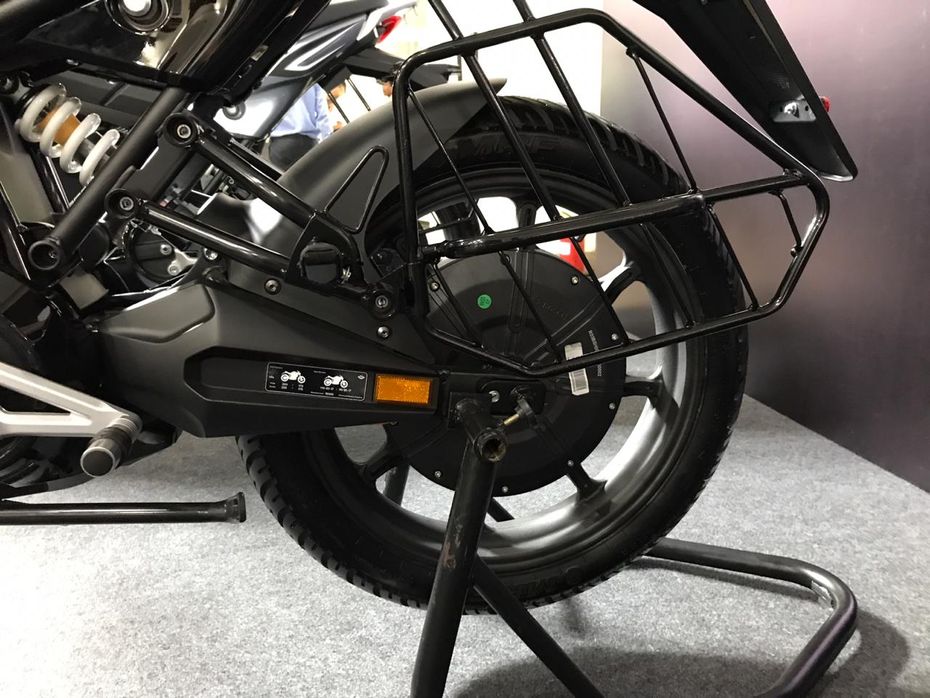
The RV 300 is powered by a 1.5kW hub motor as opposed to the frame-mounted 3kW unit in the RV 400. In a bid to keep the range intact, Revolt has reduced the performance of the motorcycle. In Eco mode, the bike’s top speed is restricted to just 25kmph whereas the top speeds in Normal and Sports mode are 45kmph and 65kmph respectively.
On the other hand, the RV 400 is capable of reaching a top speed of 45kmph in Eco mode, 65kmph in Normal mode and 80kmph in Sports mode.
Underpinnings are different too:
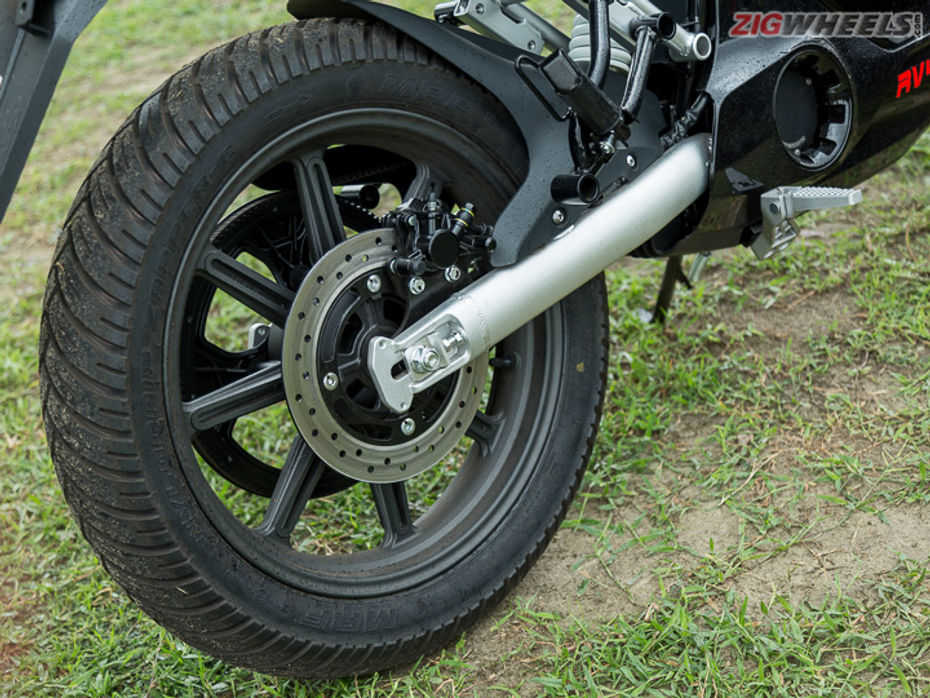
While both bikes use the same 240mm disc up front, the rear disc in the RV300 is a 180mm unit as opposed to the RV400’s 240mm disc. Both bikes get inverted fork up front, a screw-type preload-adjustable monoshock at the rear and CBS as standard. Up front, the Revolt RV300 rolls on a 90-section MRF tyre like its sibling but the rear end gets a slimmer 110-section rubber, unlike the RV400’s 120-section tyre.
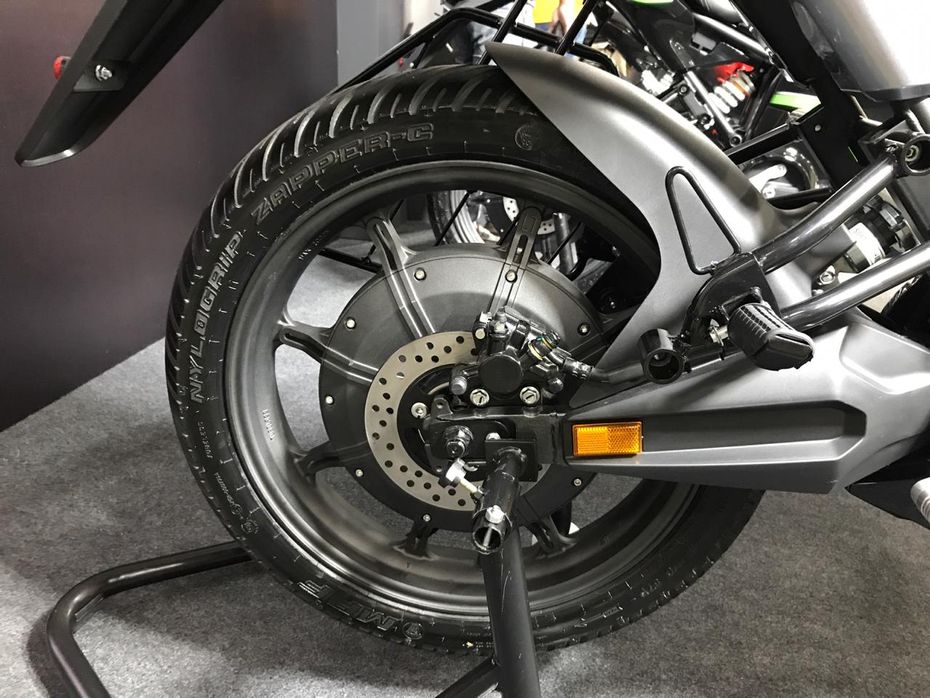
Another major difference is that the RV300 comes with a traditional box-section swingarm whereas the RV400 comes with an aluminium one. Consequently, the wheelbase is also 30mm shorter, at 1320mm. Interestingly, the RV300 sits 10mm higher off the ground thanks to a ground clearance of 225mm. As a result, the seat is 12mm taller at 826mm.
Slightly different features as well:

The Revolt RV300 comes with uniquely-designed rider footpegs which offer a six-position adjustment. This makes the ergonomics a lot more versatile compared to the RV400’s two-position adjustment in the rider’s footpegs. Also, the RV300 gets a mechanical key whereas the premium sibling features both mechanical and wireless keys. More importantly, Revolt has not compromised on the core USP of its flagship - 4G-enabled app-based features - in the RV300. You get all the functions as the RV400 like battery status check, SOS battery delivery, geo-fencing and Revolt Switch. However, the remote start function and artificial sounds are restricted to the RV 400.
Also Read: Revolt Teases Cafe Racer Concept
Overall, despite some compromises, the RV300 is still a feature-laden, value-for-money bike like the RV400. Even though both bikes are priced at a premium cumulatively, they are a lot more affordable to own as the payment is made on a monthly basis and includes the cost of spares and service (for 37 months), insurance, RTO charges, etc.

Revolt RV 300 Walkaround Review | India Price, Range, Features & More

Revolt RV400 First Ride Review

What Exactly Is The ‘My Revolt Plan’ For The RV400?

Revolt RV400 vs Ather 450: Specification Comparison

My Revolt Plan For RV400: Base Vs Premium

Revolt Working On A New, More Affordable Electric Motorcycle

Revolt RV300: Image Gallery

More Affordable Revolt RV300 Launched In India
 Komaki XGT CAT 2.0
Komaki XGT CAT 2.0
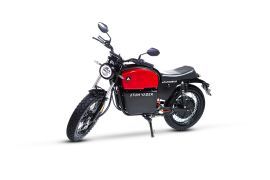 Atumobile AtumVader
Atumobile AtumVader
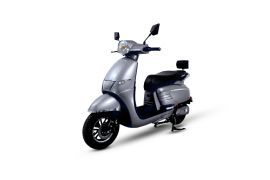 Komaki XGT Classic
Komaki XGT Classic
 Joy e-bike Monster
Joy e-bike Monster
 Cyborg Bob-e
Cyborg Bob-e
India's largest automotive community